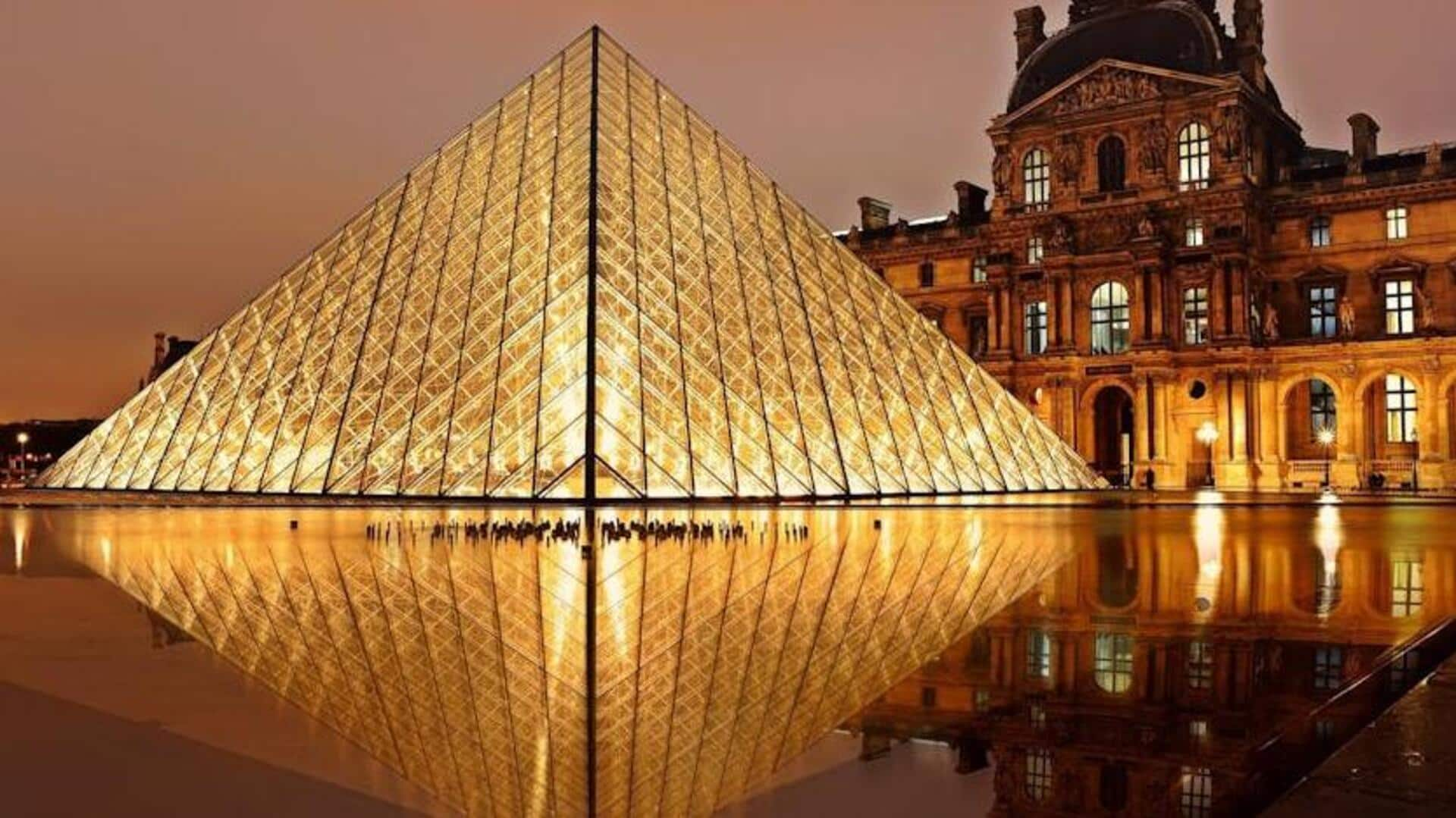
Have you been to these hidden modernist gems in Paris
What's the story
Paris, often celebrated for its historical landmarks and romantic ambiance, holds a lesser-known treasure trove of modernist architecture. Beyond the Gothic cathedrals and Renaissance art, the city unfolds a narrative of architectural evolution that many travelers overlook. This guide invites you to explore Paris through the lens of its misunderstood modernist buildings, offering a fresh perspective on the City of Light.
Recommendation 1
Discover La Defense's grandeur
La Defense, just west of Paris, is not just a business district but a showcase of modernist and contemporary architecture. Contrary to the belief that it's all corporate offices, it features monumental structures like La Grande Arche. This 20th-century take on the Arc de Triomphe, designed by Danish architect Johann Otto von Spreckelsen, offers panoramic city views.
Recommendation 2
Explore Fondation Louis Vuitton
Nestled in the Bois de Boulogne park lies the Fondation Louis Vuitton. This cultural center and art museum, designed by Frank Gehry, is an emblem of modern architectural innovation. Its glass sails interplay with light and water, creating dynamic reflections throughout the day. The building hosts contemporary art exhibitions but its architecture alone is worth the visit for those intrigued by avant-garde design.
Recommendation 3
Uncover the Pompidou Center's intrigue
The Centre Pompidou, a bold statement in Paris' traditional landscape, showcases high-tech architecture. Its unconventional appearance, with colorful pipes and structural elements exposed, celebrates transparency and functionality in design. Inside, it is home to Europe's largest museum for modern art and various public spaces dedicated to culture and leisure, making it a unique blend of artistic and architectural innovation.
Recommendation 4
Venture into the Institut du Monde Arabe
The Institut du Monde Arabe showcases a blend of traditional Arab architecture and modern technology. Its south wall, featuring mechanical apertures, adjusts to control light penetration, reflecting Islamic architectural traditions with contemporary methods. This landmark serves as both an educational center and a testament to the fusion of historical and modern design in the urban landscape.